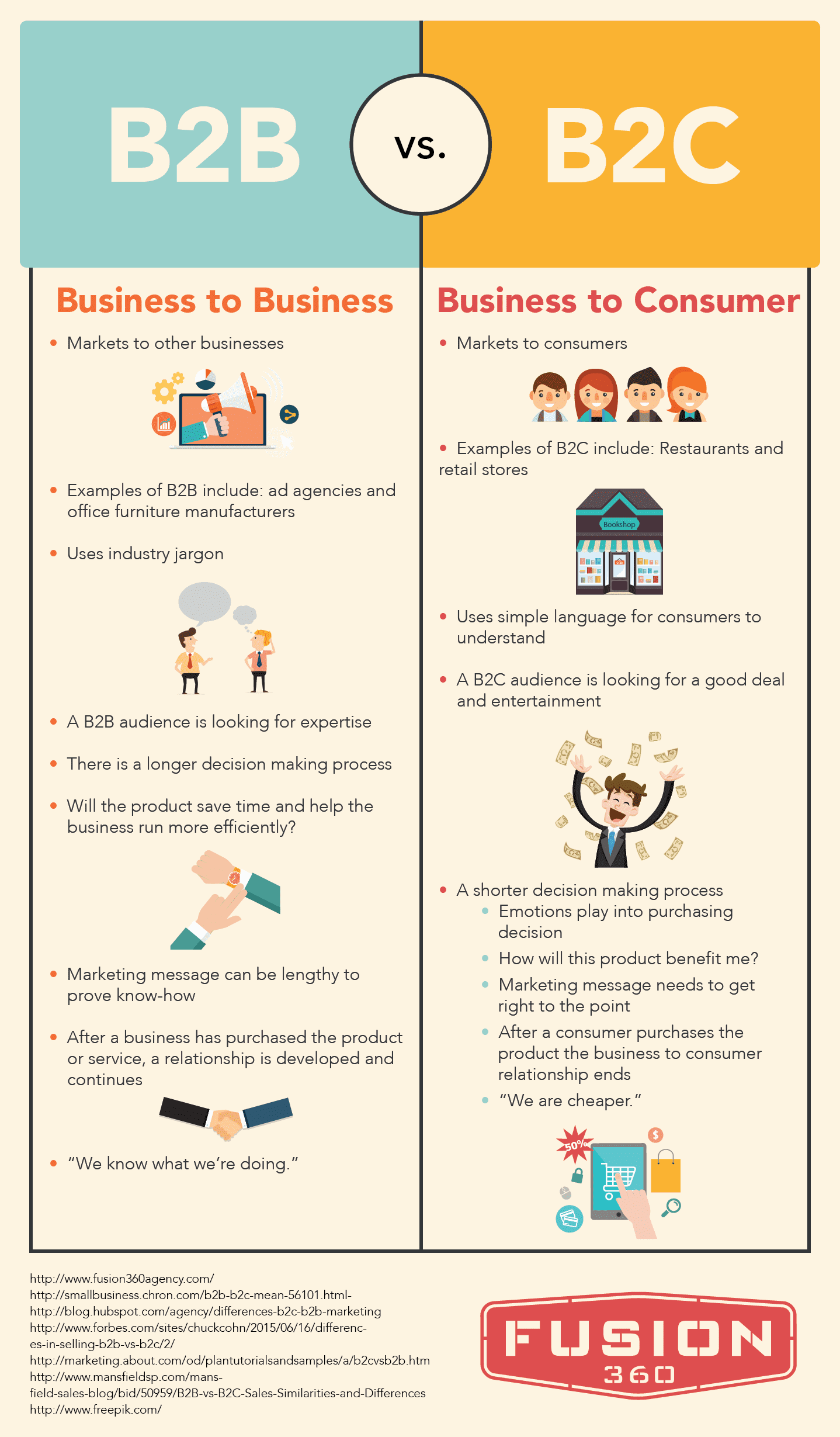Ask any SEO expert and he or she will tell you the exact same thing—organic search is by far the best source of traffic to the world’s most influential websites. Recently, in fact, a study was carried about by Conductor that sought to prove the importance of organic search for digital marketers.
The results determined that 64 percent of website traffic comes from organic roots. Shockingly, a mere two percent of generated Web traffic came from social media. So, if you’e an SEO specialist looking to make a name for yourself, there’s good news: you’ll always have a job.
However, as is the case with just about everything in the complex world of SEO, things change at a rapid rate, and Google’s algorithm doesn’t plan to sit around and wait for you to catch up. That said, there are a few SEO-driven constants that appear to be standing the test of time:
1) Keep Content Continuously Flowing
Content marketing has taken off as an advertorial trend for a reason—it’s super important for SEO. More than just about anything else, if you can keep a steady stream of content flowing from the brains and fingers of your savvy team of content marketers, you’ll appeal to both digital audiences and search engines.
Furthermore, keep in mind that digital content isn’t limited to articles or the occasional blog post; moreover, it includes highly engaging content types such as videos, SlideShare presentations, infographics and podcasts.
2) Make Social Media a Real Priority
Yes, it was previously pointed out that social media’s impact on driven Web traffic is minimal, at best. Hold the phone—there’s more to it.
While there’s been a great deal of debate as to whether or not social signals have an impact on SEO, recent research and indicated that there is a causative relationship between the two entities.
Just how active should you be? Well, seeing as how Twitter’s stream of tweets is presently used by Google to index content, it’s probably the best place to start.
Reports Lori Wagoner of DazeInfo.com, “While the optimum frequency will vary from case to case, on an average, you need at least two tweets a day every single day of the week to gain even 30 percent organic reach on Twitter.”
On the other hand, Facebook’s organic reach isn’t nearly as impressive as it used to be. Beyond paid social, the outlet isn’t nearly as effective or lucrative as Twitter.
3) Update Your Keywords
Ah, keywords—the stuff of real SEO genius. Truthfully, you’re right, but only to a certain extent. The need for keywords is still highly relevant and doesn’t appear to be going anywhere anytime soon. But, it’s necessary that they be updated form time to time. Just as Google changes, so too does user search behavior.
Lastly, even though your site’s already been built, it’s never a bad idea to go back and check each piece of content you create to ensure that everything contains keywords that are highly relevant to your brand’s niche.
4) Focus On Customer Reviews
This one’s often forgotten, but user-generated content works wonders for building rapport with each of the Internet’s leading search engines. Though this section’s heading hones in on reviews, this kind of content also includes blog comments and product or service ratings.
Sure, these will help you and your brand build a solid SEO foundation, but even better, these reviews will help in the ways of customer conversion. Regardless of your marketing team’s various points of emphasis, positive reviews are important to have present on a site.
5) Look to Industry Leaders for Direction
Lost as to what your industry’s most common SEO tactics are? No need to fret. The best way to get some direction with your SEO is to frequent the sites of your competitors.
Look for specific keywords they’re using well and identify the authoritative sites from which they’re getting invaluable backlinks.
Additionally, do a bit of snooping and look into the various content types your rivals are using to strengthen their ties with potential clients on social media or elsewhere out on the World Wide Web. Simply put, if it’s working for them, it can work for you.
When all is said and done, much is needed to drive Web surfers to your website. That said, stick close to the aforementioned practices. By so doing, your bound to develop the habits that will serve you well in the dynamic field of SEO for years to come.








